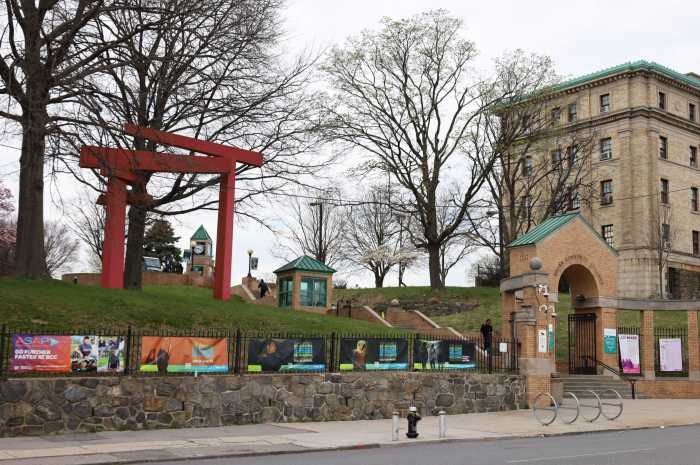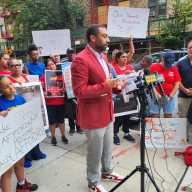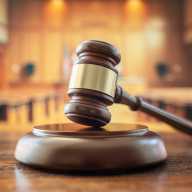On Thursday in the South Bronx, Mayor Eric Adams announced the kickoff of his Urban Forest Plan, which aims to equitably increase the city’s tree canopy to 30%. Currently the city stands at about 22%, with some neighborhoods covered much more than others.
“Trees help to clean our air so we can breathe more easily, cool our neighborhoods — which are only getting hotter because of climate change — and even boost our mental health,” said Adams.
He said the Urban Forest Plan — one component of his set of long-term climate goals called PlaNYC — is “just one of the many ways we’re continuing to deliver for New Yorkers, especially communities of color that have unfortunately borne the brunt of our climate crisis.”
Amid warmer-than-ever temperatures — including a near-record warm October in New York — trees are critical to reducing neighborhood heat and air pollution and managing rain water, as well as beautifying city streets.
But while some New York City neighborhoods have plentiful tree coverage, the South Bronx lags behind, leaving residents more vulnerable to heat-related illness and death when temperatures soar.
Mott Haven has just 14% canopy, and Hunts Point even less at 8%, according to Bronx Borough President Vanessa Gibson, who called for greater attention to equitable tree distribution and investment at a September press conference.
Last fall, City Council passed Local Law 148, which required the creation of a citywide urban forest plan to be updated every 10 years. The resulting Urban Forest Plan, developed by the Mayor’s Office of Climate and Environmental Justice (MOCEJ), NYC Parks, City Parks Foundation and other partners, addresses the stewardship of existing trees and the addition of new plantings on city, state, federal and private properties, through collaboration with stakeholders and community groups.
City agencies have already begun to add new trees in areas that need them. NYC Parks planted a record-high 18,000 trees during the 2024 fiscal year, with a focus on the hottest neighborhoods, and 200 new trees were planted on five NYCHA campuses, with more planned for the coming years.
Gibson praised the mayor’s plan, calling it an “important step forward” in addressing longstanding disparities. “This plan is a collective effort to advance environmental justice and ensure our green spaces are truly inclusive for everyone,” she said.
Reach Emily Swanson at eswanson@schnepsmedia.com or (646) 717-0015. For more coverage, follow us on Twitter, Facebook and Instagram @bronxtimes





















